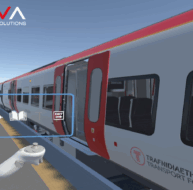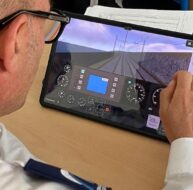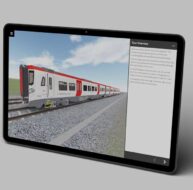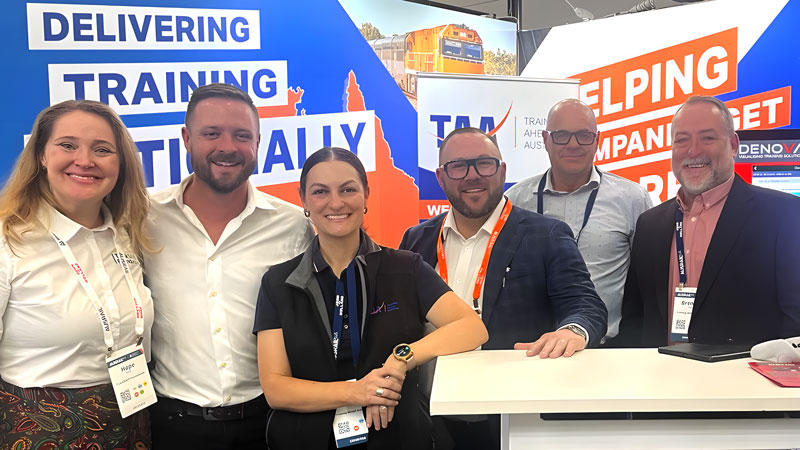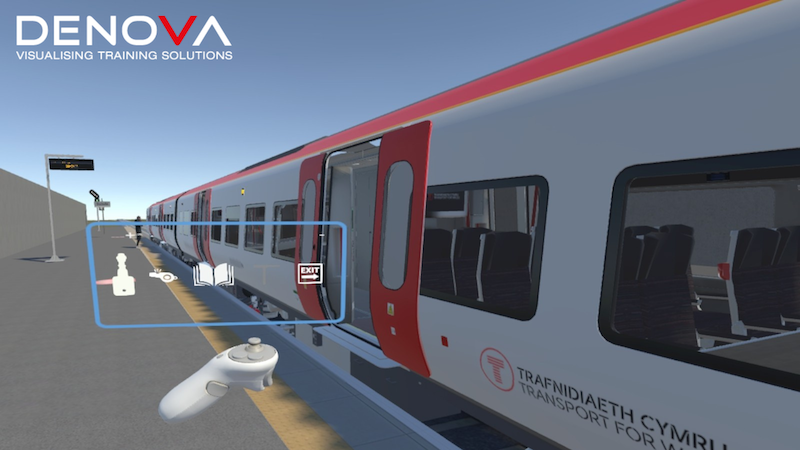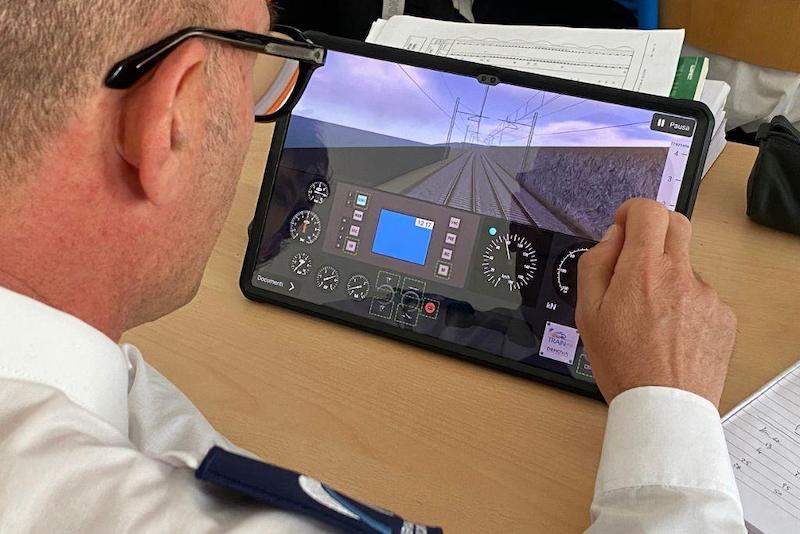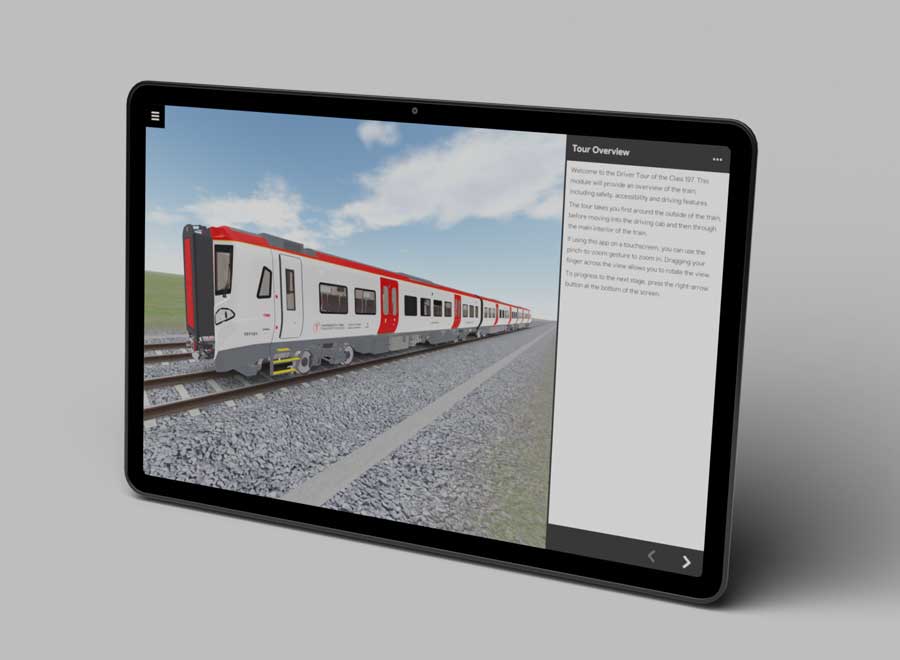Getting the most from a Blended Driver Training Strategy
Mobile simulation as part of a blended solution can improve driver training times
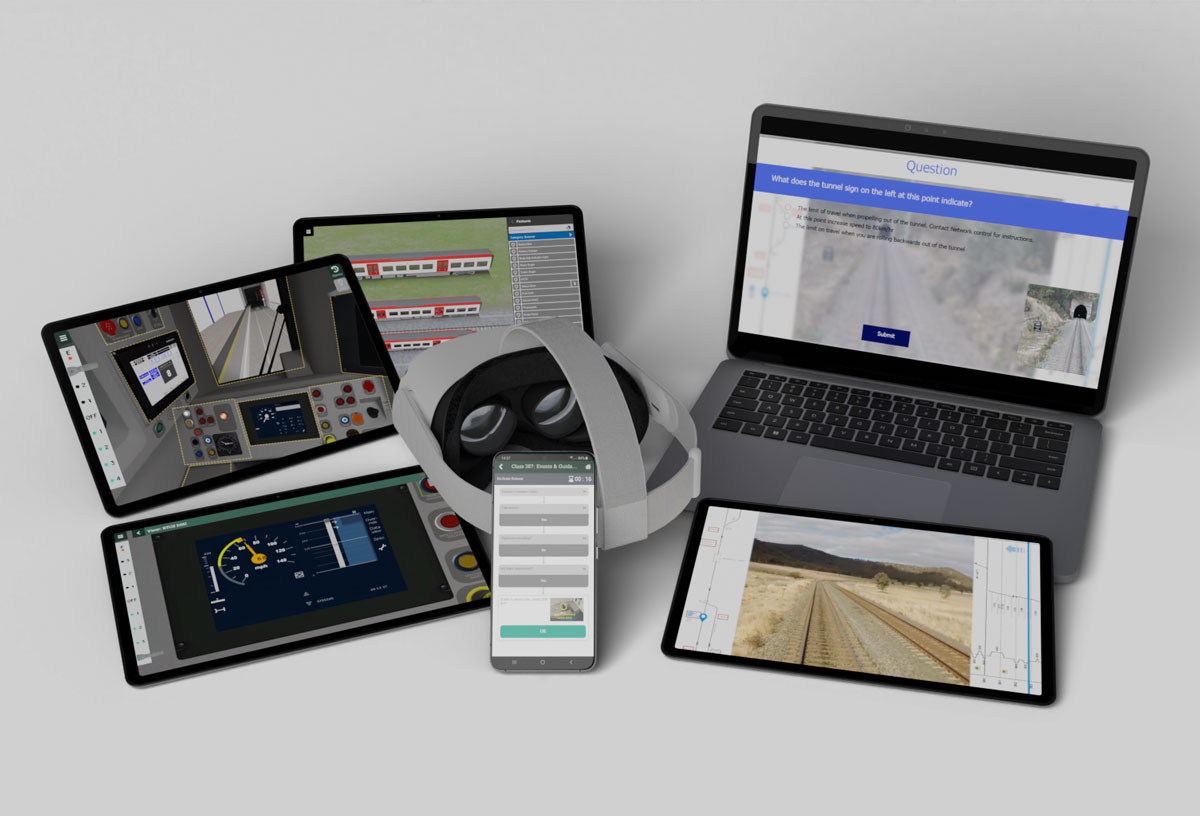
A blended training approach to driver training comprises everything from powerpoint to full-cab simulators. Selecting the most suitable option will depend on factors such as desired learning outcomes, timescale constraints and crucially, budget.
With an increasing global demand for qualified drivers the industry needs a fresh approach to training to meet growing demand while maintaining standards. If cab simulators are the rehearsal, and fixed to one driver at a time, how will we accelerate learning and qualify more drivers, more quickly? How do we increase the quality and effectiveness of practice?
Scenario-based mobile simulation offers a range of features including:
- Flexible, Anytime, Anywhere Training allows trainees to practice and learn whenever and wherever they want, without being confined to a physical location. This is particularly useful for remote or off-site workers, reducing downtime and ensuring ongoing learning without scheduling constraints tied to a specific simulator location.
- Scalable and Cost-Effective solution that can be distributed to an unlimited number of staff simultaneously. This bigger the number you have to train the bigger the benefit from mobile simulation
- Real-Time Updates and Customisation with new routes, signalling systems, or safety protocols. This ensures that the content remains current without the need for costly or time-consuming hardware updates.
- Scenario-Based Learning provides short, focussed scenarios based on specific learning outcomes and procedures – particularly useful for degraded and emergency procedures.
- Cost and Maintenance efficiencies. Mobile simulators are much cheaper to develop and maintain, requiring no additional physical space and allowing for training to occur even within smaller or more budget-constrained rail operators.
- Progress Tracking and Analytics. Applications can include automated performance reporting allowing trainers and trainees to monitor progress, identify weak areas, and receive real-time feedback. This helps tailor training programs to individual needs.
If we are to meet the growing demand for drivers we need to accelerate training without compromising safety or standards. Mobile simulation, as part of a blended solution, offers a proven method of improving driver training times. For an online tour of mobile simulation applications being used now, get in touch.


